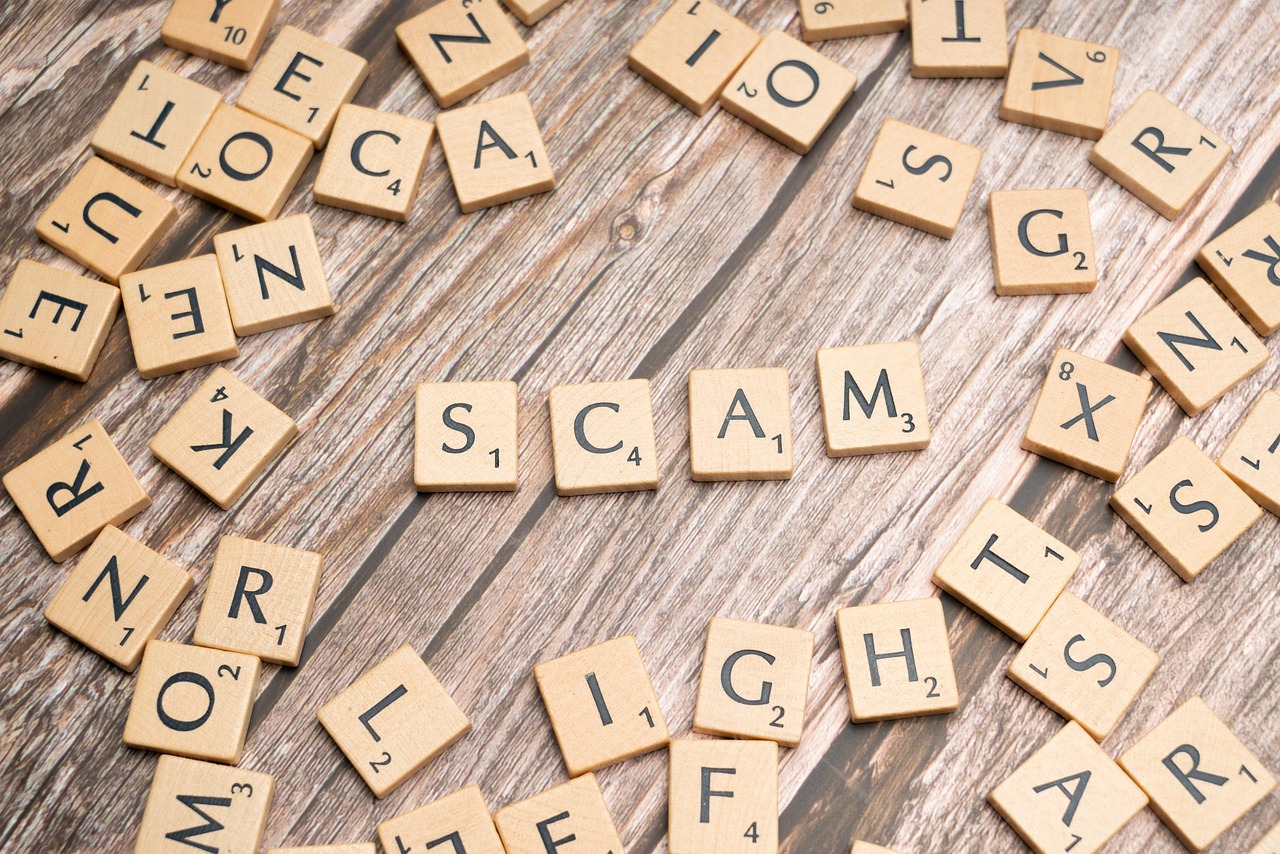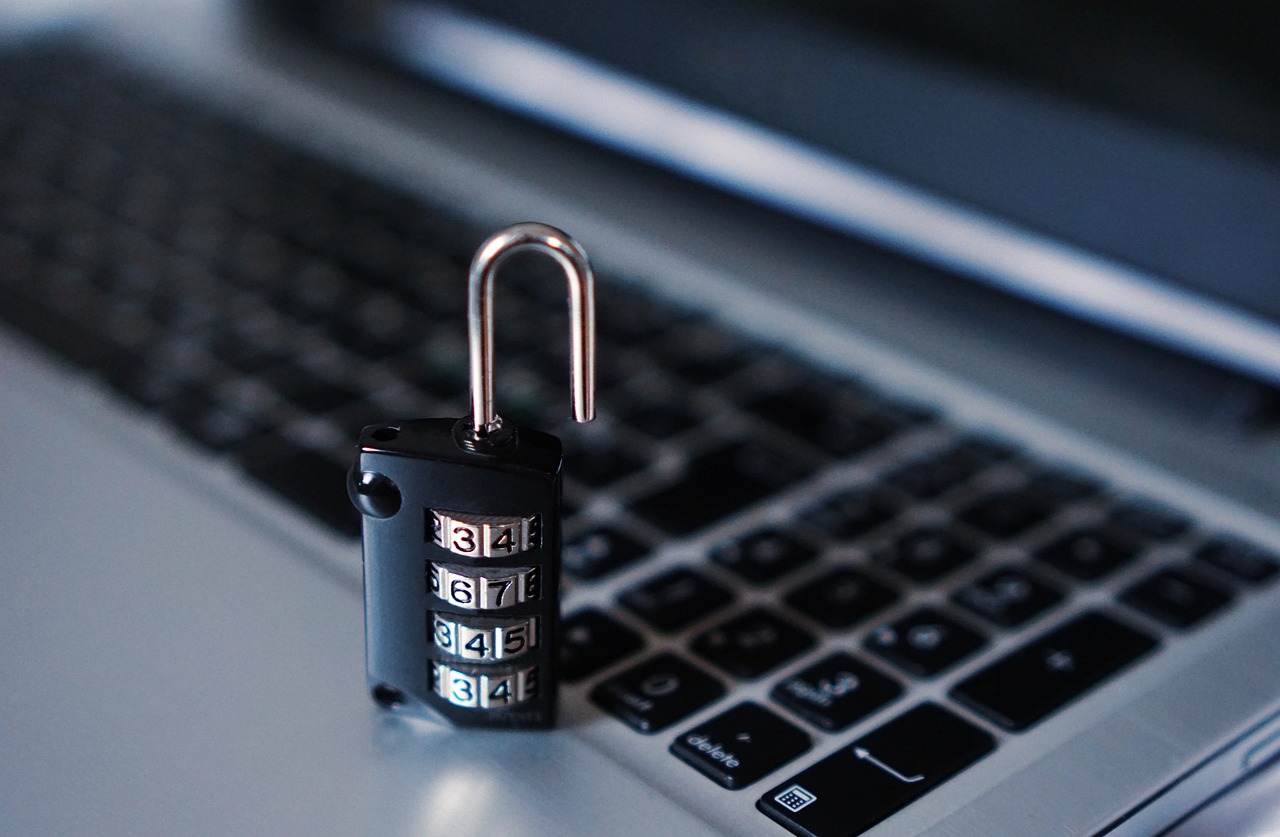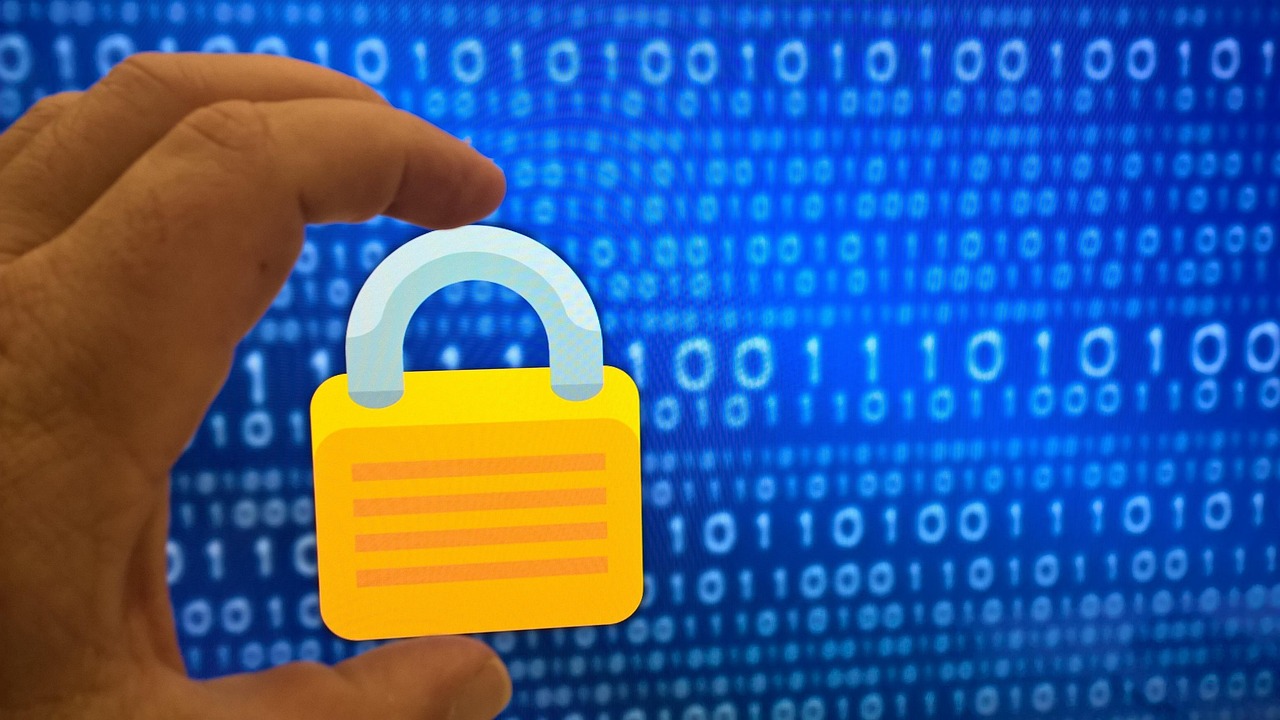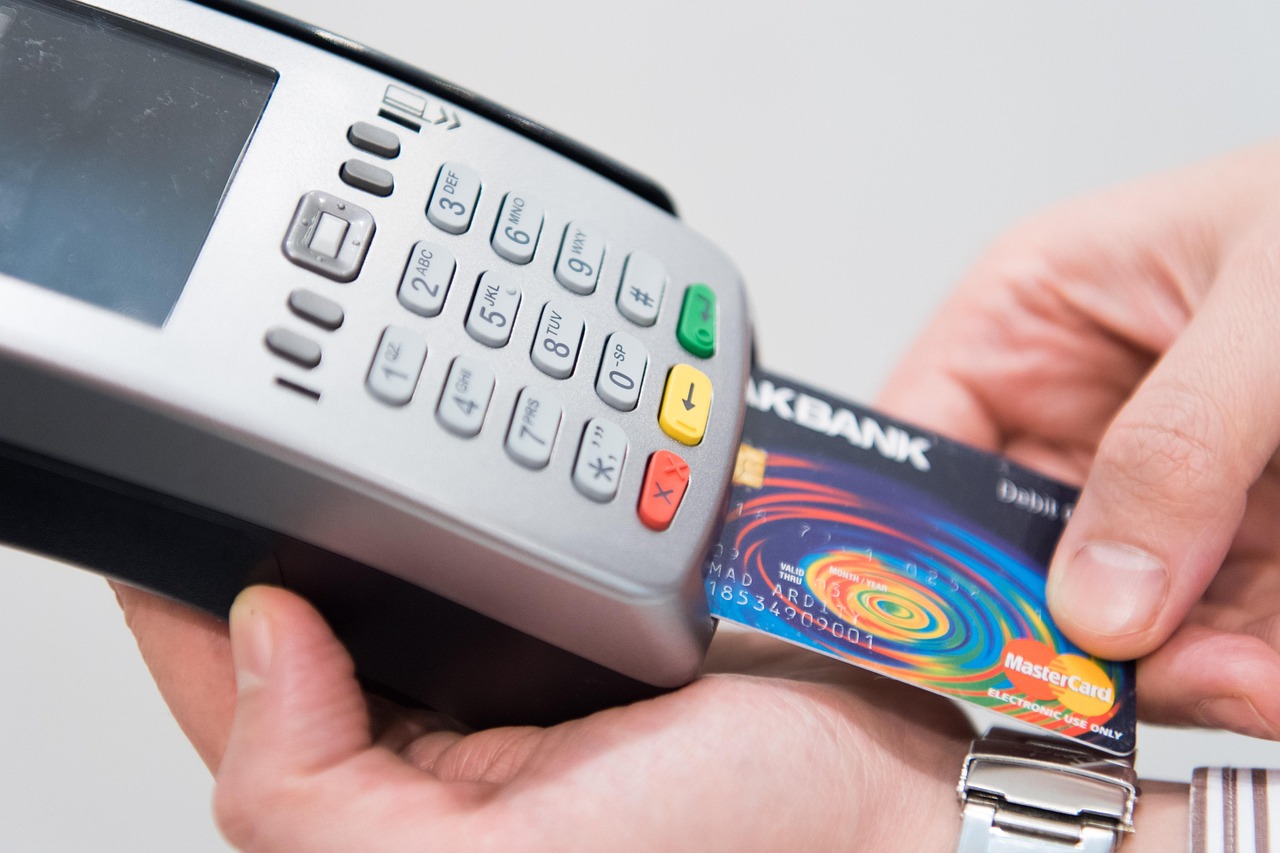In today’s evolving financial landscape, both digital payment and cash payment methods play a crucial role. As people become more dependent on technology, questions around security, privacy, and convenience have become more important than ever. When we talk about the security of digital and cash payment systems, each comes with its own set of advantages and disadvantages.
But the definition of “security” can vary depending on context. Are we referring to fraud protection, data privacy, theft safety, or transaction tracking? To understand the full picture, let’s explore the major differences in security between digital and cash payment methods from various angles.
- Transparency and Expense Tracking
One of the primary advantages of digital payments is transaction transparency. Every transaction leaves a digital footprint, whether you’re using a credit card, UPI, mobile wallet, or net banking.
This can be extremely useful for:
Tracking monthly expenses
Budgeting smartly
Preventing unnecessary spending
For instance, apps like Google Pay, PhonePe, and Paytm provide real-time notifications, history, and summaries of spending. This helps users gain insight into their financial habits.
In contrast, cash transactions do not leave a trace unless you manually record them. If you pay for lunch in cash or buy groceries at a local shop, you may forget the exact amount or purpose later.
✅ Winner: Digital Payments — for transparency and financial awareness.
- Fraud and Scams

When it comes to fraud and scam protection, cash is inherently more secure because:
Cash cannot be hacked.
There’s no risk of online phishing, data leaks, or malware attacks.
There is no need to share personal banking details.
However, carrying a large amount of cash also poses risks, such as physical theft or loss. And in case your wallet is stolen, there’s no way to recover that money.
On the other hand, digital payments are vulnerable to :
Online fraud,Fake apps or phishing links,Data breaches,OTP frauds etc.
But digital systems also have advanced fraud detection mechanisms:
Encrypted transactions
Two-factor authentication (2FA)
Real-time alerts
Refund policies (especially on platforms like PayPal, credit cards, etc.)
So, if you’re vigilant and follow best practices (discussed later), you can significantly reduce fraud risks in digital payments.
✅ Winner: Cash Payments — for protection against digital fraud
✅ Tie — if proper digital safety practices are followed
- Theft and Safety

Digital payments are safer in case of physical theft. If your phone or card is stolen, you can:
Instantly block your card or account
Freeze your mobile wallet
Change your password or PIN
Track and report the transaction
Also, most banks or apps provide emergency helplines to block access quickly.
In contrast, cash is non-recoverable. If someone steals your wallet with ₹10,000 in cash, it’s almost impossible to recover that amount.
✅ Winner: Digital Payments — for better control in theft situations
- Privacy and Anonymity

One area where cash truly shines is privacy. Paying in cash means:
No digital footprint
No behavioral tracking
No data sharing with third parties
Full anonymity
This can be especially useful if you’re buying personal items or want to keep your financial activity discreet.
In contrast, digital payments involve:
Recording every transaction
Sharing your location and device data
Targeted ads based on purchases
Possible sale of your data to advertisers (depending on platform policies)
So, if privacy is a priority for you, cash is the better option.
✅ Winner: Cash Payments — for unmatched privacy
- Convenience in Daily Life
Digital payments are extremely convenient, especially in urban areas:
No need to carry coins or notes
Contactless payments reduce wait time
Instant transactions anytime, anywhere
Easy to send/receive money with one click
Platforms like UPI (BHIM, PhonePe, GPay), debit cards, and net banking allow users to pay bills, shop online, or transfer funds instantly.
Cash, on the other hand:
Is still dominant in rural areas
Does not require internet
Works well with small vendors or local shops
No need for a smartphone
But carrying too much cash is inconvenient and unsafe. Plus, you may not receive exact change in some transactions.
✅ Winner: Digital Payments — for ease and speed
✅ Cash is useful in offline and remote locations
- Internet Dependency and Accessibility

A major downside of digital payments is dependency on the internet and technology. If you’re in a village with weak connectivity or your phone battery dies, digital transactions become impossible.
Cash doesn’t need:
Internet access
A smartphone
Electricity
This is why keeping some cash as a backup is always a good idea.
✅ Winner: Cash — for reliability in low-tech environments
Which is More Secure for Daily Use?
🟢 Digital Payments are better for:
Daily urban transactions
Convenience and speed
Tracking your spending
Theft protection
🟢 Cash Payments are better for:
Privacy and anonymity
Fraud protection
Emergencies and offline use
So, it depends on your lifestyle, location, and preferences. Ideally, a hybrid approach is best: use digital for convenience, and cash as a backup.
Tips for Staying Safe with Digital Payments
To ensure secure digital payment experiences, follow these precautions:
- Use strong passwords for banking apps and digital wallets.
- Do not share OTPs or PINs with anyone — even friends or relatives.
- Avoid using public Wi-Fi for online banking or UPI payments.
- Enable two-factor authentication (2FA) wherever possible.
- Install antivirus software or security apps on your phone.
- Keep your apps and OS updated to prevent malware attacks.
- Check transaction alerts and bank statements regularly.
- Report suspicious activity to your bank or service provider immediately.
- Download apps only from trusted sources like Google Play Store or App Store.
Final Thoughts
The debate between cash and digital payment security will continue as technology evolves. Each has its own strengths and weaknesses:
Digital payments offer convenience, speed, and control, but require vigilance.
Cash payments offer privacy and simplicity, but come with theft risk.
The best strategy is to use both wisely. While you rely on digital platforms for everyday use, always keep some cash for emergencies, technical issues, or remote area transactions.
By staying informed and cautious, you can enjoy the best of both worlds — securely and confidently

